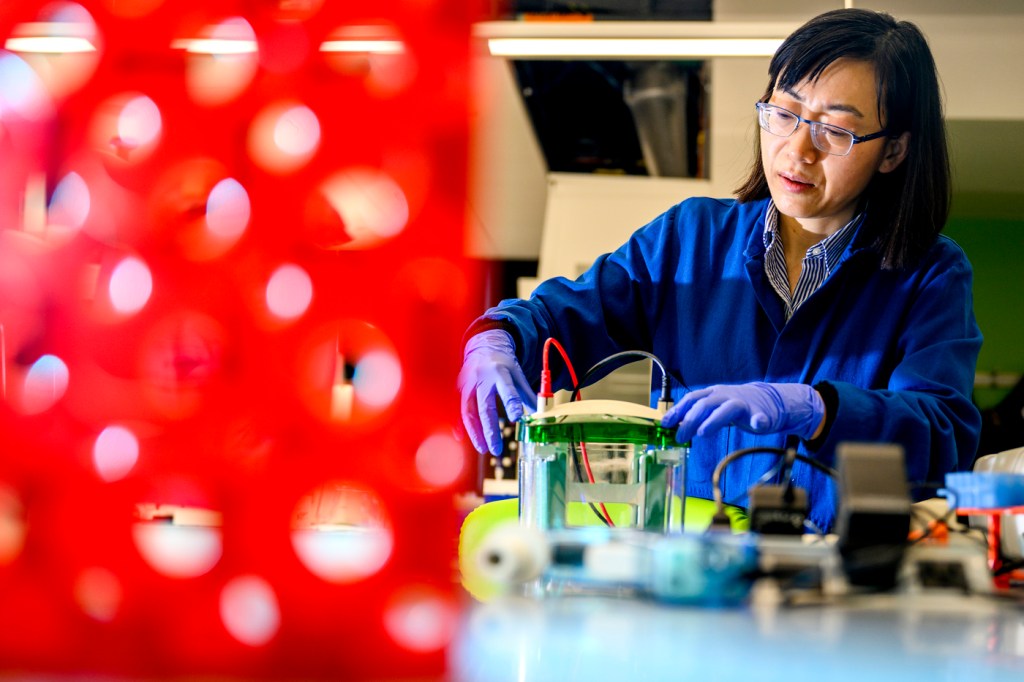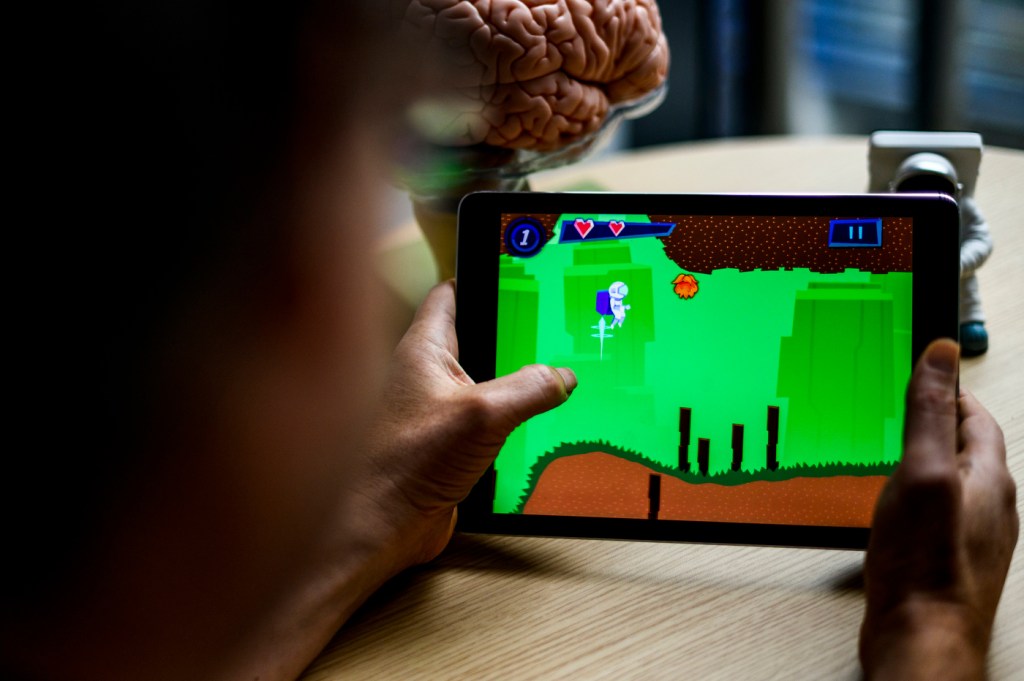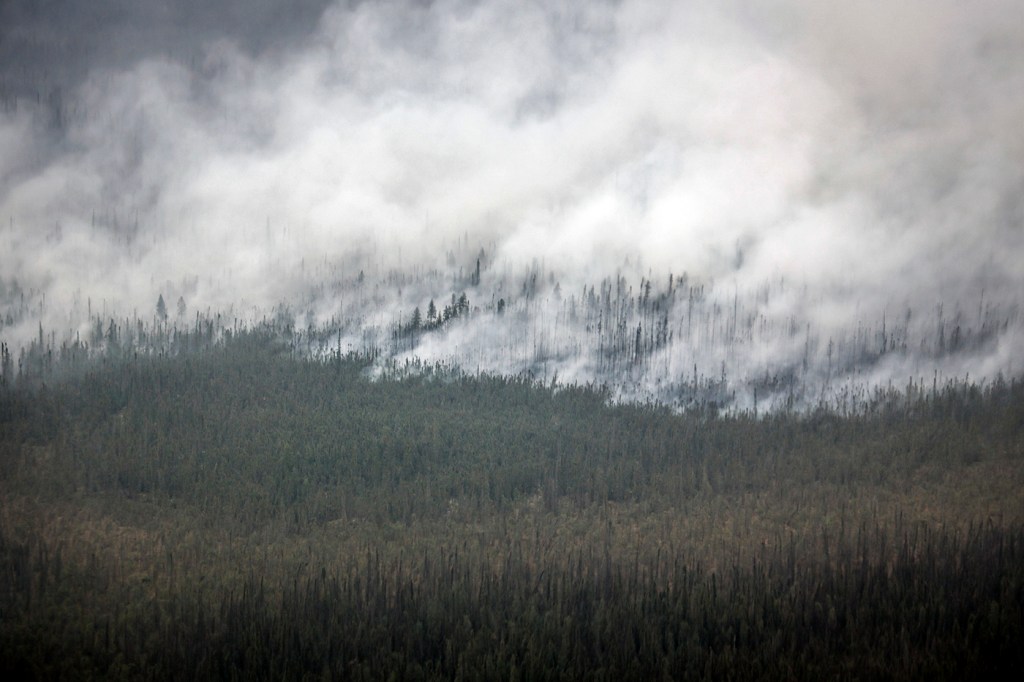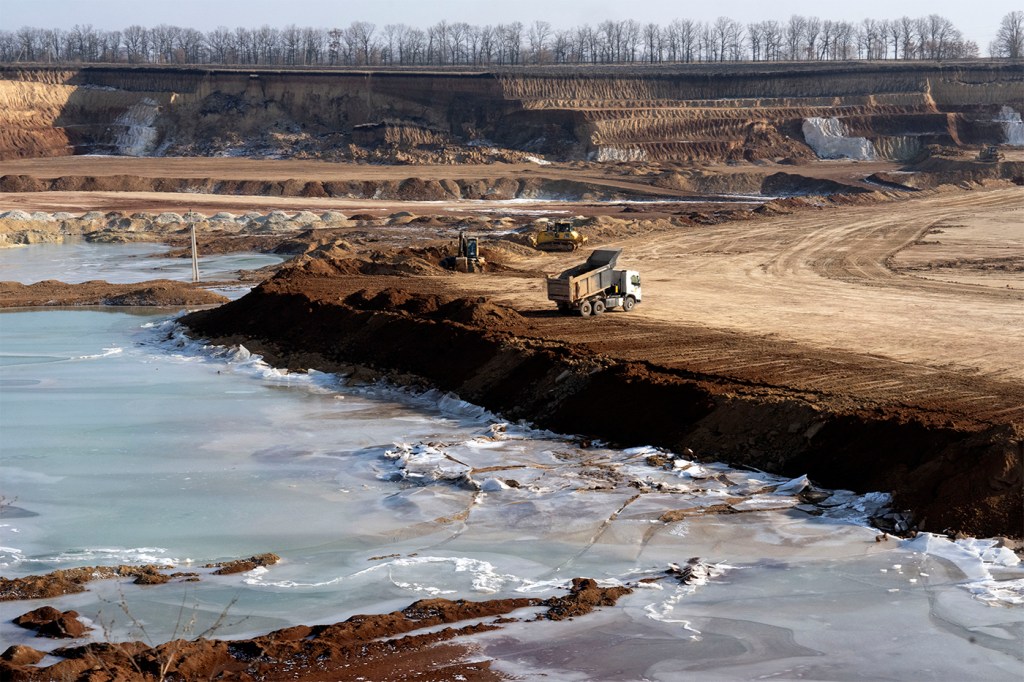Guest post: Lessons from a Riser Lecturer
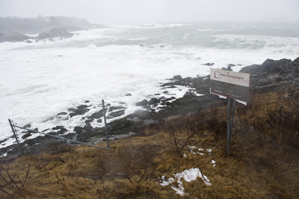

Professor Paul Dayton of Scripps Institution of Oceanography at the University of California spoke at the Marine Science Center on April 26. Photo by Kara Sassone.
April 26 marked the annual Riser Lecture at the Marine Science Center to honor Doc Riser, the founding director of the MSC. I’d had the event in my book for several months, but when it finally came upon us my schedule had been overridden with other junk, precluding me from being able to make it up to Nahant for the afternoon. Luckily, the MSC has its own cohort of wonderful science bloggers (aka graduate students that write about their work and other fun stuff here). I asked Lara Lewis, one of said bloggers and a member of Northeastern professor Joe Ayers’ lab, to write about the lecture for our reading pleasure here at iNSolution. And here’s what she had to say:
Renowned UCSD ecologist Dr. Paul Dayton began the 27th Annual Riser Lecture by admitting he was a failure.
Kind of. More specifically, he shared an anecdote about how the first experiment he conducted in Antarctica’s McMurdo Sound failed. He thought he would see differences in sponge growth if he excluded predators from the area, but he did not. Paul didn’t mind admitting to this “fail,” nor would most scientists because honestly the nature of scientific experimentation leaves so much room for “failure.”
In my mind, though, there are really two ways to fail: (1) an experiment truly does not work, or (2) the results are not as expected. The first is the most difficult—I’ve experienced this trying to extract and amplify mRNA from single cells, and after testing the final product, “Surprise! No RNA!” (RNA, a molecule that helps translate genetic code into proteins, is so susceptible to degradation that the starting levels in a single cell make it really difficult to end with a measurable product). There is no ‘result’ with these types of problems—you just need to revamp your protocol until it works (or give up, but that’s no fun).
Paul Dayton experienced the second type of failure. He rethought the problem, added some extra experiments, and was able to figure out the predators didn’t eat enough sponge to see an effect on sponge populations in that system.
Paul shared a lot of wisdom during his visit to Northeastern’s Marine Science Center for the 27th Annual Riser Lecture and Dinner at Northeastern’s Marine Science Center. The Riser Lecture is an event people around here really look forward to because graduate students (like myself) have the opportunity to catch up with each other between the spring semester and the start of the summer research ‘field season.’ It’s also great because a distinguished lecturer is invited to give a talk on their work and the lectures are always exceptional and highly entertaining.
I had the opportunity to meet with Paul a couple times over the course of the day as well as attend his lecture on Friday evening. He shared some very amusing stories about his adventures growing up near logging camps in the rural Northwest and his time in McMurdo, Antarctica. Lets just say Paul isn’t afraid of a good prank. He also shared an important message about his “failure” and its trajectory over time.
Though his first experiments in the mid-60s didn’t run smoothly, they did establish preliminary photo documentation and surveying of the research sites. Flashforward ten years and add in the work of other scientists from the McMurdo research station, and then fastforward another thirty years and more work, and you have a lot of information about the underwater ecosystems off of Antarctica.
After examining photographs from these initial study sites and the type of organisms that grew on the experimental setups he’d left behind in the mid-60s, Paul realized that the landscape of the study area was changing drastically. The relative proportion and type of sponge, urchin, and seastar species varied substantially. Though the ocean floor conditions (temperature, pH, sunlight) seemed stable at the time, the larger oceanographic influences that fluctuate at long time periods (on decade-long cycles, even) were continually changing the dynamics of this ecosystem.
While Paul’s work feels entirely disparate from mine, his realization still led me to reflect on my own research on the crustacean nervous system. When I think of long-term fluctuations in the behavior and nervous system activity of an American lobster, for instance, I really think about the organism developmentally. The lobster is going to be substantially different in 2003 compared to 2013 if the lobster was a larva in 2003 and is now a reproductively active adult. It’s hard to judge these larger oceanographic influences on an organism’s behavior when the organism itself is changing so dramatically.
We do know, however, that these ambient conditions (temperature, pH, sunlight) are bound to induce changes not only in food supply availability and habitat, but also directly on the organism. Temperature, for instance, has far reaching impacts on crustacean behavior and nervous system activity. In some behavioral assays I conducted last year, we saw significantly different temperature preferences for Jonah crabs acclimated to different temperatures. We also saw differences in activity levels based on the ambient water temperature. Moreover, other researchers have shown that ambient or surrounding water temperatures can affect everything from neuromuscular junctions and walking speed to molting and reproduction.
In other words, not only is an organism’s behavior changing as it grows developmentally, it’s also changing based on its surrounding conditions. And certainly through the use of the McMurdo Sound photographs and surveys, Paul and his colleagues were able to understand that conditions and species populations can change dramatically over long time periods.
The takehome message is really to appreciate how many factors play into creating the world as we know it—populations of species rise and fall in cyclic periods ranging from the ephemeral ‘may flies’ to the decade or longer oscillations of Antarctic sponges. And species behavior will change with age, fluctuating habitat conditions, and likely a whole host of other variables we haven’t even begun to understand. Though we’re working to grasp how these factors all integrate, to put it simply—it’s going to take a while.
And with regards to scientific failure and Paul Dayton’s subsequent four decades of research, I think children’s book author Lemony Snicket sums it up properly: “What might seem to be a series of unfortunate events may in fact be the first steps of a journey.”
